Managing dust, particularly drywall dust, during interior demolition and construction projects is crucial for maintaining a clean workspace and minimizing health risks. Activities like tearing down walls, cutting, and sanding drywall can disperse various particulates, including potentially hazardous materials like asbestos or lead paint remnants. Effective dust control strategies protect workers and homeowners, prevent the spread of dust to other areas of the home, and ensure professional-quality workmanship. Dust can come from several sources, such as demolition activities, cutting and sanding drywall, and moving materials in and out of the job site.
Essential Tools and Technologies for Efficient Dust Control on the Job Site
To keep your work area clean and safe, you need the right combination of basic tools and advanced technologies. Here’s what you should have on hand:
- Buckets or Bins: Crucial for transporting materials and debris, helping to minimize dust dispersal.
- Masks: Equip your team with high-quality respiratory masks, like N95 masks, to protect against inhaling dust particles.
- Eyewear: Safety goggles are essential to keep dust out of workers' eyes.
- Vacuums: HEPA-filter equipped vacuums are indispensable for capturing fine dust particles during and after work.
- Brooms and Dustpans: Handy for quick cleanups of larger debris, keeping the workspace tidy.
- Microfiber Cloths: Perfect for wiping down surfaces and capturing fine dust particles that might settle.
- Drop Cloths: Use heavy-duty plastic sheeting or drop cloths to protect floors from dust and debris.
- HEPA Filters: These filters trap 99.97% of dust particles, ensuring the air remains clean.
- Dustless Sanding Systems: Connect these systems to HEPA vacuums to capture dust right at the source during sanding operations.
- Automated Dust Extraction Tools: These tools have integrated dust extraction systems to minimize airborne particles as they work.
- Air Scrubbers: Positioned within the work area, air scrubbers pull in contaminated air, filter it, and release clean air.
Implementing Physical Barriers and Containment Strategies
.jpg)
Effective dust control during interior demolition and construction involves implementing physical barriers to isolate dust and keep it contained. Erect temporary walls or plastic sheeting to create a barrier around the project area. Utilize dust barriers with zippered entrances to allow worker access without spreading contaminants. Secure these barriers at ceiling and floor junctions to prevent gaps, and install window-sealing kits to limit dust escape.
Employ negative air machines to create a vacuum effect, drawing dust particles away from clean areas. Vacuum daily with a HEPA-filter equipped dust cleaner vacuum to capture fine particles. Deploy air scrubbers to continuously remove airborne dust, maintaining a healthier environment for both workers and residents. Cover floors and furniture with drop cloths or plastic coverings to shield them from dust and debris. Ensure power tools have dust extraction attachments and perform regular checks to maintain their efficiency.
Air Quality Considerations and Ventilation Solutions
Maintaining high air quality during interior demolition and construction is crucial. Natural ventilation, such as opening windows and doors, helps reduce dust concentration. Placing exhaust fans near the source of dust production can help draw contaminated air out of the workspace. Using air cleaners with HEPA filters captures fine dust particles and improves indoor air quality. Regular maintenance, including cleaning or replacing filters and ensuring all ventilation equipment is functioning properly, is essential for optimal dust control.
Tips for Cleaning Drywall Dust
One of the trickiest parts of interior demolition and construction is dealing with drywall dust. The best way to clean up drywall dust is to start by using a dust cleaner vacuum with a HEPA filter to capture most of the dust. In cases where a sawzall is in play to remove a structure, consider having a second team member closely follow the formation of escaping dust as close as possible to immediately collect the particles before they spread about the project area. When disposing of the debris into buckets from a dustpan, often a cloud of dust will rise after the contents are dropped inside, so having a vacuum at the ready to collect the dust immediately prevents dust from accumulating and becoming airborne. For a more thorough clean, consider using air scrubbers to continuously filter the air in the workspace. When you’re doing the final clean for your job site and floor piles have all been swept or vacuumed, it’s time to bring out the microfiber cloths. Use these at the very end to surface wipe all edges, windows, and intact structures inside the room, ensuring a spotless clean worthy of a five-star job.
Regulations and Compliance in Construction Dust Control
Dust control in construction isn't just about keeping things clean—it's also about compliance. Regulations set by OSHA and the EPA are designed to protect worker health and environmental quality. OSHA guidelines mandate exposure limits and safety practices, while EPA standards focus on air quality and the proper disposal of hazardous dust. Local ordinances may also dictate specific measures based on the project's location. Non-compliance can lead to hefty fines and legal action, so staying informed and following the rules is crucial.
Conclusion: Setting the Standard Every Time
Effectively mastering dust control is essential for any interior demolition or construction project. Professionals and DIY enthusiasts alike benefit from adopting strategies that minimize the impact of dust on health and the environment. Embracing this mindset not only yields a more pleasant remodeling experience for the owner, but also benefits the rest of the team contracted to finish the project. Properly cleaning up your mess has a huge impact towards happy clients, referrals, positive reviews, and local industry reputation.
If you’re in need of residential or commercial demolition services in Bend, Oregon or Atlanta, Georgia, call us at 541-306-3360, or email us at hello@swift-demo.com to receive a quote for your project. We guarantee spotless results and proper dust containment, only leaving when the property is cleaner than when we arrived!



